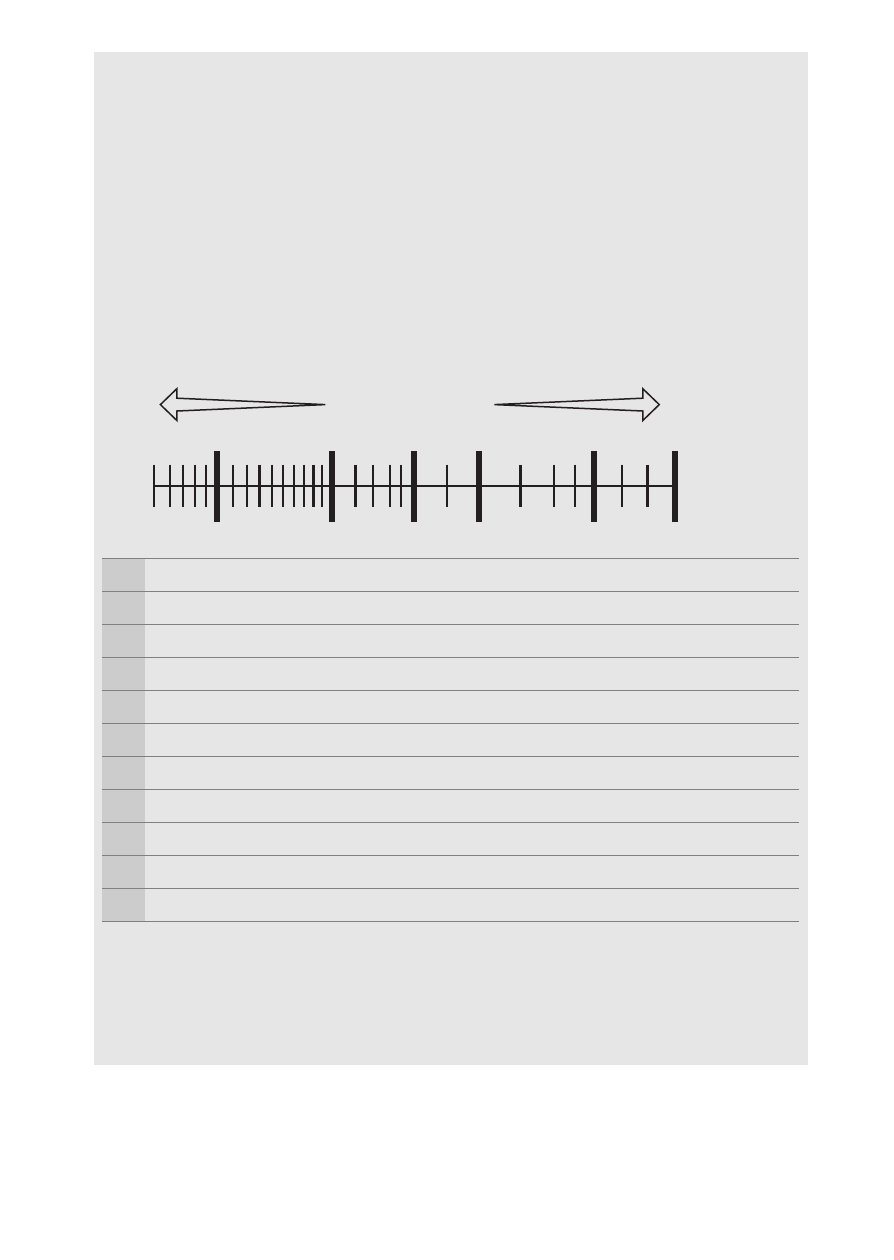139 p, s, a, and m modes a – Nikon D5500 User Manual
Page 163

139
P, S, A, and M Modes
A
Color Temperature
The perceived color of a light source varies with the viewer and other
conditions. Color temperature is an objective measure of the color of a
light source, defined with reference to the temperature to which an
object would have to be heated to radiate light in the same
wavelengths. While light sources with a color temperature in the
neighborhood of 5000–5500 K appear white, light sources with a lower
color temperature, such as incandescent light bulbs, appear slightly
yellow or red. Light sources with a higher color temperature appear
tinged with blue.
“Warmer” (redder) colors
“Cooler” (bluer) colors
q I (sodium-vapor lamps): 2700 K
w J (incandescent)/I (warm-white fluorescent.): 3000 K
e I (white fluorescent): 3700 K
r I (cool-white fluorescent): 4200 K
t I (day white fluorescent): 5000 K
y H (direct sunlight): 5200 K
u N (flash): 5400 K
i G (cloudy): 6000 K
o I (daylight fluorescent): 6500 K
!0 I (high temp. mercury-vapor): 7200 K
!1 M (shade): 8000 K
Note: All figures are approximate.
A
Bracketing
For information on automatically varying white balance settings over a
series of shots, see page 148.
3000
4000
5000
6000
8000
10000
[ K ]
q w
r
e
tyu i
o
!0 !1